February 7–April 21, 2013
Arcadia University Art Gallery
Arcadia University Art Gallery is pleased to announce the presentation of JG by internationally acclaimed British-born, Berlin-based artist Tacita Dean. Commissioned by and made for the Gallery, JG is funded by The Pew Center for Arts & Heritage, and will be on view from February 7 through April 21, 2013.

Tacita Dean, JG, 2013. Color and black & white anamorphic 35mm film with optical sound, 26.5 minutes. Courtesy of the artist and Frith Street Gallery, London/Marian Goodman Gallery, New York/Paris.
JG is a sequel in technique to FILM, Dean’s 2011 project for Tate Modern’s Turbine Hall. It is inspired by her correspondence with British author J.G. Ballard (1930-2009) regarding connections between his short story “The Voices of Time” (1960) and Robert Smithson’s iconic earthwork and film Spiral Jetty (both works, 1970). The new 26 1/2 minute work is a 35mm anamorphic film shot on location in the saline landscapes of Utah and central California using Dean’s recently developed and patented system of aperture gate masking. An unprecedented departure from her previous 16mm films, JG tries to respond to Ballard’s challenge—posed to her shortly before he died—that Dean should “treat the Spiral Jetty as a mystery her film would solve.”
JG advances Dean’s aperture gate masking invention that she developed for FILM. This labor-intensive process, analogous to a form of stenciling, allows her to use different shaped masks to expose and re-expose the negative within a single film frame. Requiring that the film be put through the camera multiple times, the technique gives each frame the capacity to traverse time and location in ways that parallel the effects of Ballard’s fiction and Smithson’s earthwork and film. The process also serves to restore the spontaneity and invention that distinguished early cinema in comparison to the relative ease and what Dean calls “the end of risk” afforded by digital postproduction.
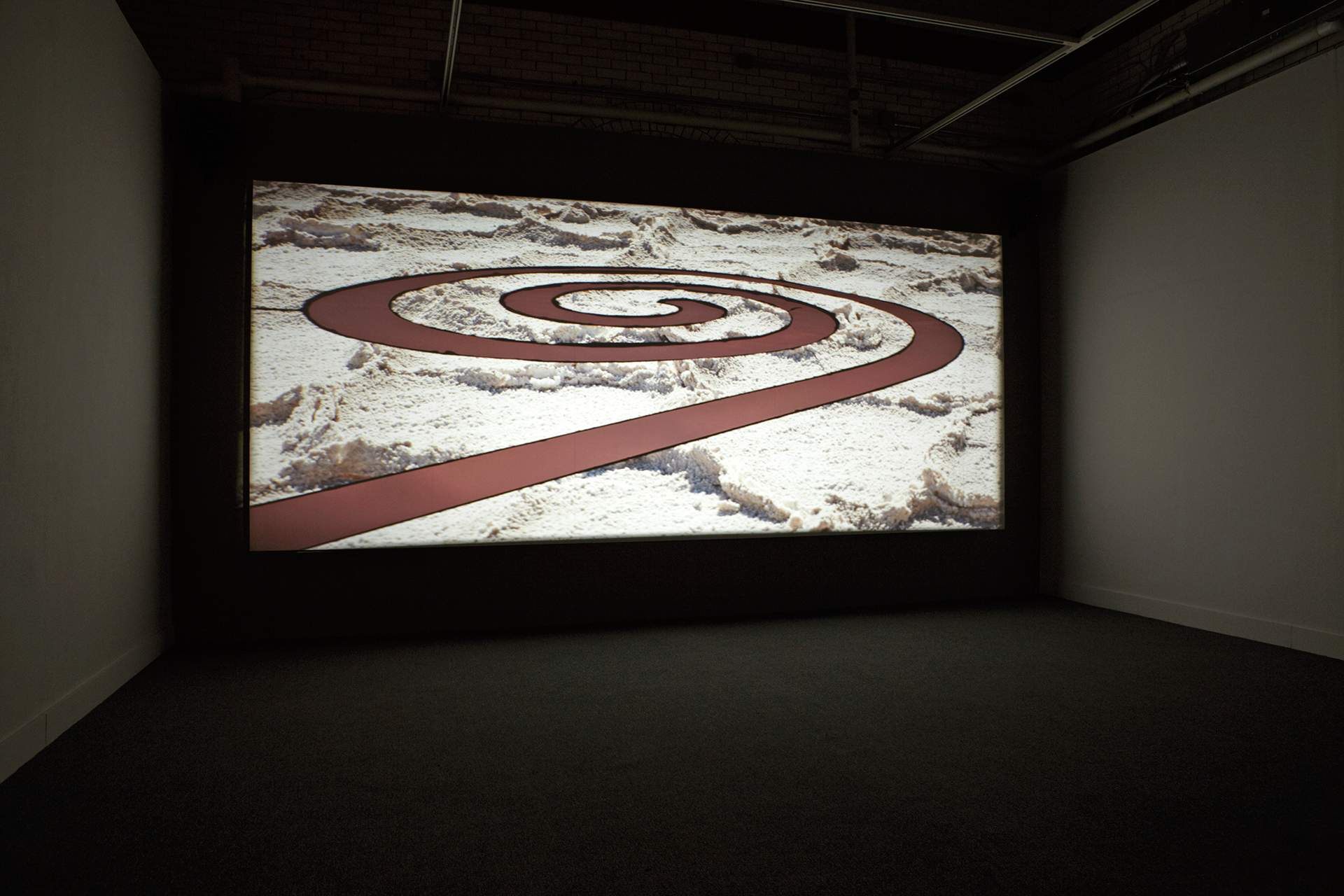
Installation view, "JG: A Film Project by Tacita Dean", Arcadia University Art Gallery, photo: Greenhouse Media
Among the masks used in JG is one that references the template and sprocket holes of a strip of 35mm Ektachrome slide film. Serving to explore the tension between the still and moving image that has distinguished Dean’s work from the outset, this Ektachrome mask is a reference to Ballard’s own 35mm camera, which Dean was given by Claire Walsh, the author’s longtime partner, just prior to the shoot and which is depicted in the film. The black unexposed outlines of the other masks—a range of abstract and organic forms that suggest mountain horizons, planets, pools, and Smithson’s Jetty, appear to be traced by hand. A work that could only be made using 35mm film, JG is also about drawing and collage and, as such, strives to return film to the physical, artisanal medium it was at its origin.
“Mindful of Smithson’s film of his own earthwork,” says Torchia, “as well the medium’s dependency on the spooling and looping of celluloid though camera and projector, JG proposes a matrix of visual and literary correspondences that pushes previously unimagined capacities of film. The result is a visually stunning, elliptical interpretation of a speculative conversation between Ballard, Smithson, and Dean that reaches across decades and disciplines.”
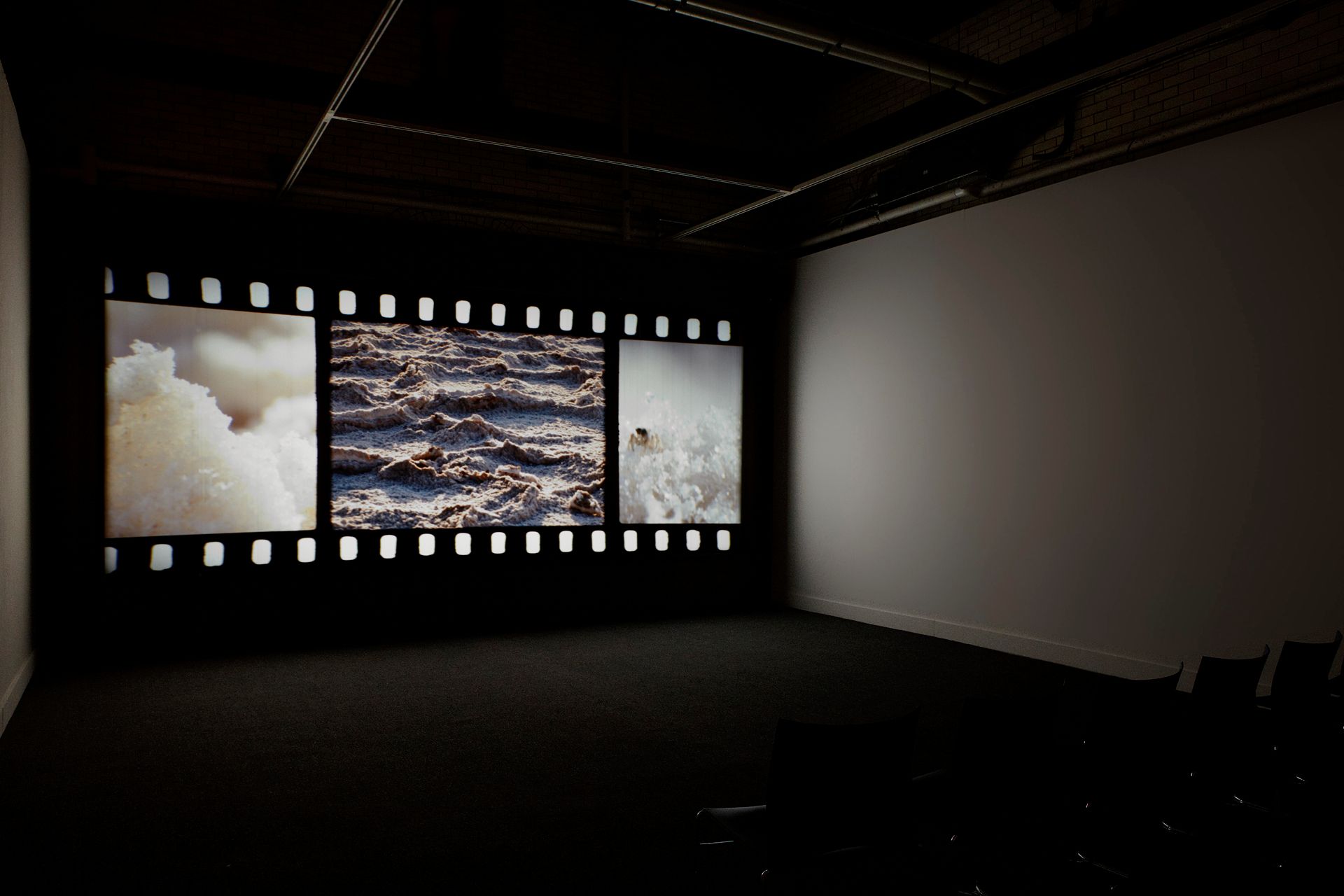
Installation view, "JG: A Film Project by Tacita Dean", Arcadia University Art Gallery, photo: Greenhouse Media
ABOUT TACITA DEAN
Tacita Dean was born in 1965 in Canterbury, UK. She studied at Falmouth School of Art and the Slade School of Fine Art before moving to live and work in Berlin in 2000. She is esteemed for her drawings, photographs, prints and sound works, as well as her artists books and texts. She is best known, however, for her films, which she began exhibiting in galleries in the mid-1990s, making her one of the first artists of her generation to dedicate herself to the medium. She is fascinated by the dynamics between the materiality of celluloid and the passage of time, which she employs in the service of narrative, however apparent or oblique, and regardless of her subjects, which include artists, anachronistic architecture and landscape. Characterized by static camera positions, long takes and ambient sound, her films are imbued by an uncanny stillness that elicits meditative forms of attention. Dean’s acute regard for light and subtle forms of motion combine to create singular evocations of sensibility and place, the spirit of the moment and the essence of film itself. The exhibition brings Dean back to Philadelphia where the Institute of Contemporary Art was the site of her first museum survey in 1998. Subsequent solo exhibitions include Tate Britain, London (2001), Schaulager, Basel (2006), Solomon R. Guggenheim Museum, New York (2007), Nicola Trussardi Foundation, Milan (2009), and MUMOK, Vienna (2011). She was nominated for the Turner Prize in 1998 and was the winner of the Hugo Boss Prize in 2006 and the Kurt Schwitters Prize in 2009. In 2011, she made FILM as part of the Unilever Series of commissions in Tate Modern’s Turbine Hall. Most recent exhibitions include the Norton Museum of Art, Miami, the New Museum, New York, and dOCUMENTA (13) (2012).
SUPPORT
Established in 2005, the Pew Center for Arts & Heritage houses seven funding programs of The Pew Charitable Trusts. Since the inception of its very first program, Philadelphia Music Project in 1989, the Center has awarded a total amount of over $82 million to artists and arts organizations in the area. In addition, the Center has granted over $1.5 million in professional development funds to its growing list of constituents. The Center’s grantee projects have included world premieres and commissions, exhibitions that travel from area museums and galleries to international arts organizations, imaginative and experimental public history programming, and interdisciplinary collaborations. The Center’s impressive list of Pew Fellows includes recipients of Guggenheim, MacArthur, and United States Artists Fellowships.
Additional support provided by the Dietrich Foundation, Lois Haber (Class of 1971), Jane Korman (Class of 1977) and Leonard Korman, and Kathy and Kieth L Sachs.
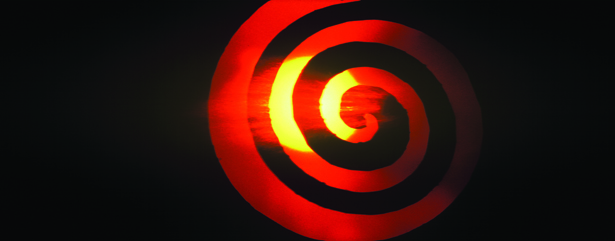
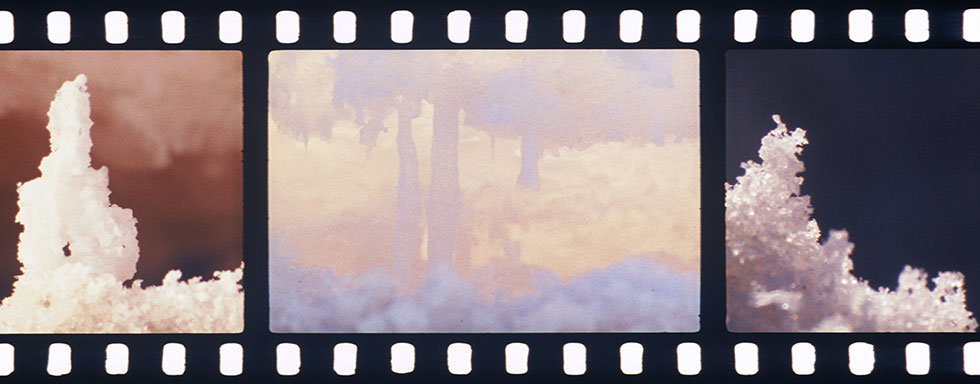
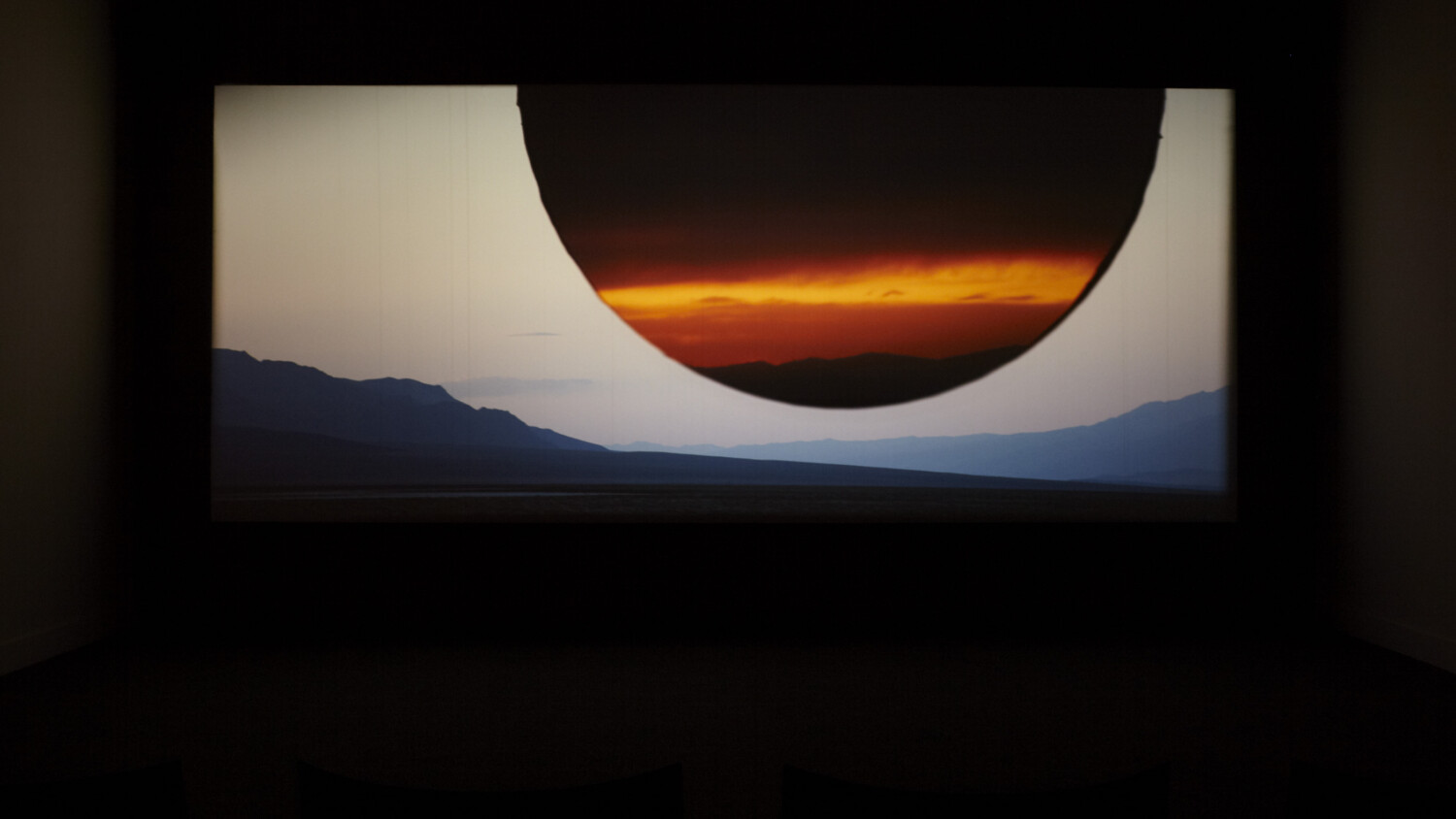
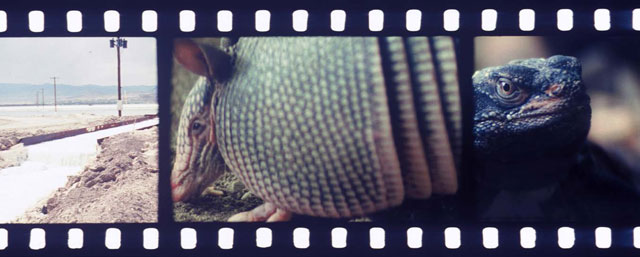
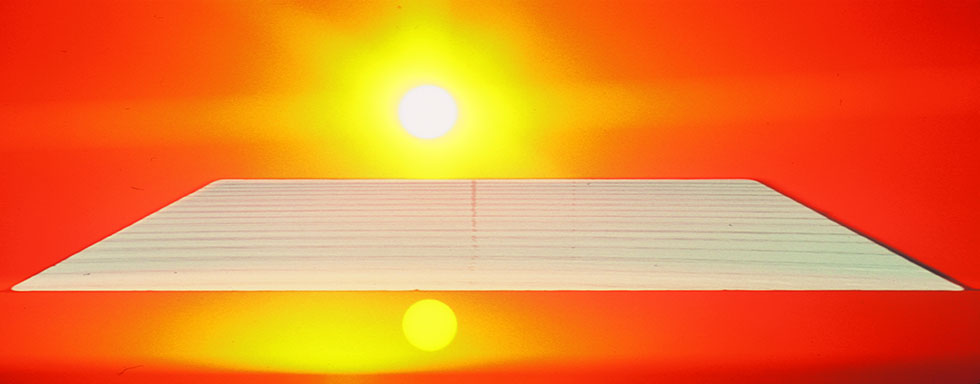





Tacita Dean, JG, 2013. Color and black & white anamorphic 35mm film with optical sound, 26.5 minutes. Courtesy of the artist and Frith Street Gallery, London/Marian Goodman Gallery, New York/Paris.
Tacita Dean, JG, 2013. Color and black & white anamorphic 35mm film with optical sound, 26.5 minutes. Courtesy of the artist and Frith Street Gallery, London/Marian Goodman Gallery, New York/Paris.
Tacita Dean, JG, 2013. Color and black & white anamorphic 35mm film with optical sound, 26.5 minutes. Courtesy of the artist and Frith Street Gallery, London/Marian Goodman Gallery, New York/Paris.
Tacita Dean, JG, 2013. Color and black & white anamorphic 35mm film with optical sound, 26.5 minutes. Courtesy of the artist and Frith Street Gallery, London/Marian Goodman Gallery, New York/Paris.
Tacita Dean, JG, 2013. Color and black & white anamorphic 35mm film with optical sound, 26.5 minutes. Courtesy of the artist and Frith Street Gallery, London/Marian Goodman Gallery, New York/Paris.
Tacita Dean, JG, 2013. Color and black & white anamorphic 35mm film with optical sound, 26.5 minutes. Courtesy of the artist and Frith Street Gallery, London/Marian Goodman Gallery, New York/Paris.
Tacita Dean, JG, 2013. Color and black & white anamorphic 35mm film with optical sound, 26.5 minutes. Courtesy of the artist and Frith Street Gallery, London/Marian Goodman Gallery, New York/Paris.
Tacita Dean, JG, 2013. Color and black & white anamorphic 35mm film with optical sound, 26.5 minutes. Courtesy of the artist and Frith Street Gallery, London/Marian Goodman Gallery, New York/Paris.
Tacita Dean, JG, 2013. Color and black & white anamorphic 35mm film with optical sound, 26.5 minutes. Courtesy of the artist and Frith Street Gallery, London/Marian Goodman Gallery, New York/Paris.
Tacita Dean, JG, 2013. Color and black & white anamorphic 35mm film with optical sound, 26.5 minutes. Courtesy of the artist and Frith Street Gallery, London/Marian Goodman Gallery, New York/Paris.
Opening Event
February 7, 2013
Dean will lecture on her latest project beginning at 6:30 PM in the University Commons Great Room. A reception with light refreshment will follow immediately afterward. The film will be on view from 6:30–10:00 PM in the gallery.
Lecture Series
“Et in Utah ego”: the evolution of JG
March 6, 2013
Richard Torchia, Gallery Director, explores the process of bringing Dean’s project to Arcadia. A friend of the artist since 1996, Torchia has assisted in the production of several of her films. His lecture provides background on the location research and address the underpinnings of JG as they relate to Robert Smithson’s earthwork and film Spiral Jetty (1970), both of which are key references for the project. The lecture will be preceded by a public reception in the Great Room Lobby beginning at 6:00 PM. The lecture will begin at 7:00 PM in the University Commons Great Room.
Tacita Dean, Celluloid, and the Soul of the Film: analog and its other
March 20, 2013
Celluloid film faces threats to its existence from the digital. Shekhar Deshpande, professor of Media and Communication, discusses FILM, Dean’s 2011 project for the Tate Modern, as a call to arms to preserve her medium. Exploring these and other examples of Dean’s projects, including JG, he addressed how digital filmmaking jeopardizes film’s essence, honesty to reality, and its soul.
The Voices of Time: Ballard’s early fiction and the visionary present
April 3, 2013
Richard Wertime, professor of English, offers a close reading of Ballard’s early short story, “The Voices of Time” (1960), which serves as part of the hidden narrative of JG. Along the way, he articulated Ballard’s contributions to the genre of science fiction and addressed the author’s dystopian visions of the near future. The lecture will be preceded by a public reception in the Great Room Lobby beginning at 6:00 PM. The lecture will begin at 7:00 PM in the University Commons Great Room.
Mythographer of the 21st Century: J.G. Ballard and Ballardian Aesthetics (Depicting the Psychology, Society & Aesthetics of the Future.)
April 10, 2013
V.Vale is the San Francisco-based publisher-editor of RE/Search Publications. Vale’s 1984 monograph on Ballard for RE/Search Editions (No. 8/9) remains the most comprehensive introduction to the author. During his discussion Vale addressed how he came to interview J. G. Ballard as well as his relationship with the prolific author as a publisher, editor, and friend.

